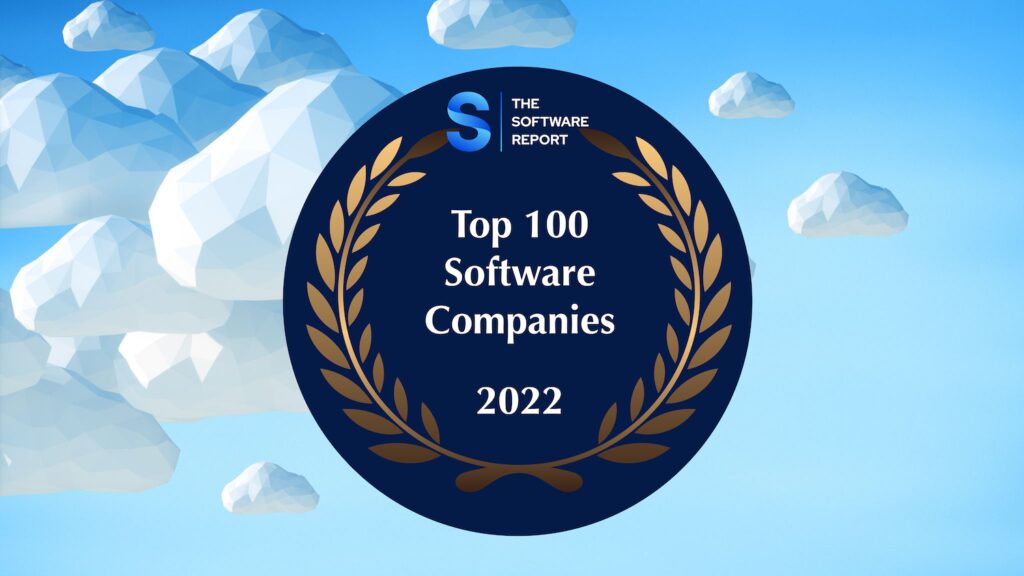This article provides an introduction to game development software and hardware. It discusses the different stages of game development, including conceptualization and design, game engine selection, asset creation, programming and development, and testing and quality assurance. Various software tools and hardware requirements are highlighted for each stage, such as game design documents, graphic design tools, game engines like Unity and Unreal Engine, 3D modeling software, animation software, audio editing software, programming languages like C/C++ and Python, and testing suites and bug tracking systems. The article concludes by emphasizing the importance of understanding these tools for aspiring game developers.
Building Worlds Digitally: An Introduction to Game Development Software and Hardware
Introduction
In this article, we will explore the fascinating field of game development, specifically focusing on the software and hardware used to create the immersive digital worlds that gamers love.
Game Development Process Overview
Game development involves several stages, each with its own set of software tools and hardware requirements:
1. Conceptualization and Design
At the initial stage, game developers brainstorm ideas, define the game concept, create storylines, and design characters and environments. Tools used during this phase include:
Game Design Documents
Game design documents (GDDs) are written documents that outline every aspect of the game. They serve as a roadmap for the development process.
Concept Art and Graphic Design Tools
Artists utilize software programs like Adobe Photoshop and Illustrator to create concept art and design characters, environments, and assets.
2. Game Engine Selection
Game engines provide the foundation for building games. They offer a range of features, tools, and scripting languages to create, deploy, and manage games. Some popular game engines include:
Unity
Unity is a widely-used game engine known for its versatility and cross-platform support. It offers an intuitive interface, various visual scripting options, and a vast library of assets.
Unreal Engine
Unreal Engine, developed by Epic Games, features advanced graphics capabilities and is favored for creating visually stunning games. It also has an extensive blueprint system for visual scripting.
Godot
Godot is an open-source game engine ideal for independent developers. It has a powerful and easy-to-use visual editor and supports both 2D and 3D game development.
3. Asset Creation
Designing and creating assets, such as 3D models, animations, textures, and sound effects, are crucial steps in game development. Tools for asset creation include:
3D Modeling Software
Popular 3D modeling software programs like Autodesk Maya and Blender enable artists to create detailed 3D models of characters, objects, and environments.
Animation Software
Animation software, such as Autodesk 3ds Max and Adobe Animate, allows artists to bring characters and objects to life through movement and interactive actions.
Audio Editing Software
To create immersive soundscapes, game developers rely on audio editing software like Audacity and Adobe Audition. These tools enable precise sound editing and mixing.
4. Programming and Development
Coding plays a crucial role in game development to implement gameplay mechanics, artificial intelligence, physics, and more. Key programming languages and software tools include:
C/C++ and C#
These languages are commonly used for game development due to their performance and flexibility. Popular development environments include Visual Studio and Xcode.
Python and Lua
Python and Lua are scripting languages that excel in rapid prototyping, AI behavior scripting, and game logic implementation.
Integrated Development Environments (IDEs)
IDEs like Visual Studio Code and JetBrains’ suite of tools provide comprehensive environments for coding, debugging, and collaboration.
5. Testing and Quality Assurance
Before a game is released, extensive testing and quality assurance (QA) processes are conducted. Tools used during this phase include:
Game Testing Suites
Software testing suites like Unity Test Runner and Unreal Engine’s built-in testing tools help developers organize, automate, and run tests to identify and fix bugs and issues.
Bug Tracking Systems
Bug tracking systems like Jira and Trello enable efficient bug management, tracking, and collaboration between developers and QA teams.
Conclusion
Game development is an intricate process that requires a combination of specialized software and hardware tools. From initial design to final testing, each stage involves unique tools tailored to support different tasks. By understanding these tools, aspiring game developers can embark on their journey to create captivating digital worlds for gamers to explore.
